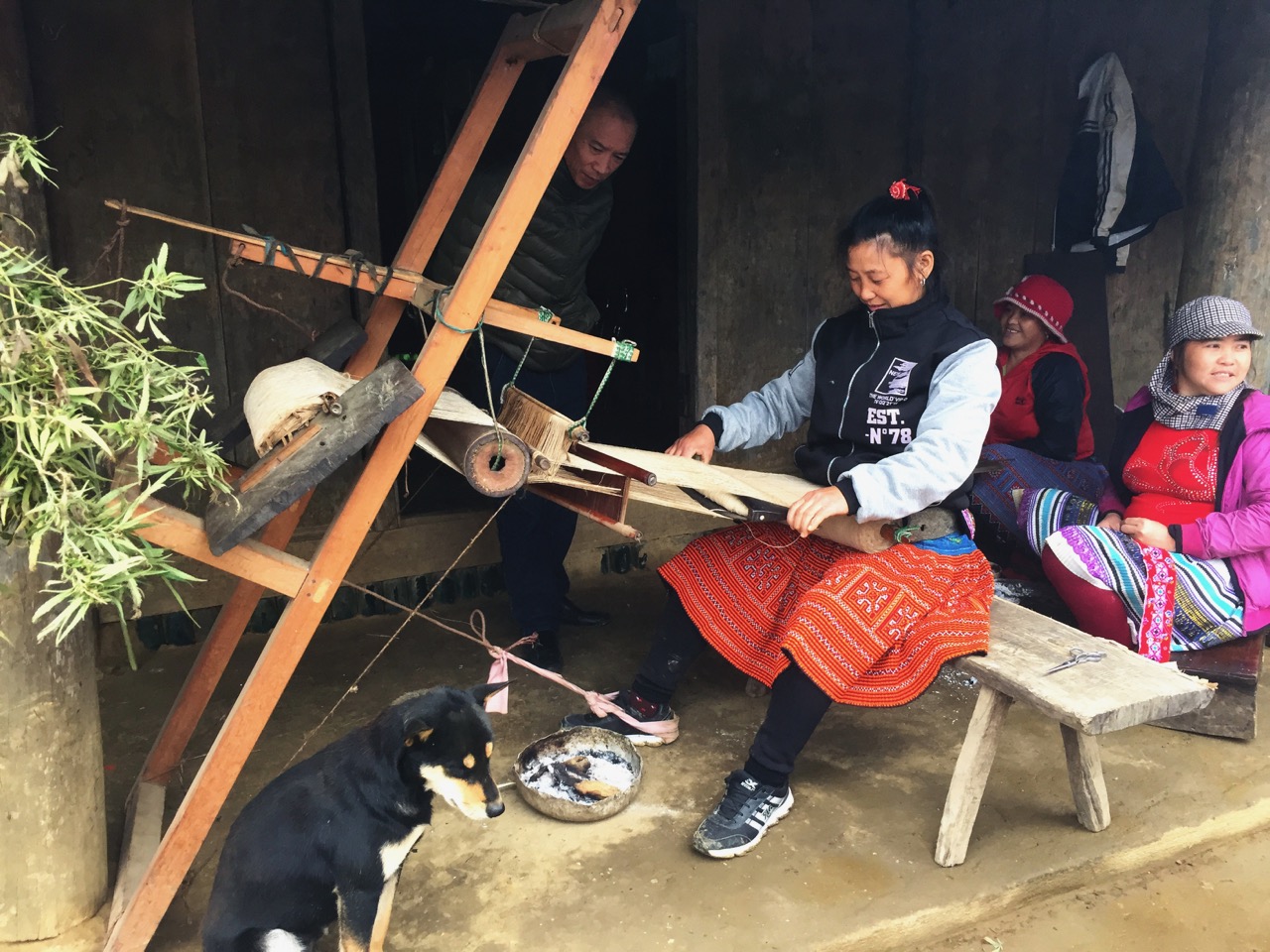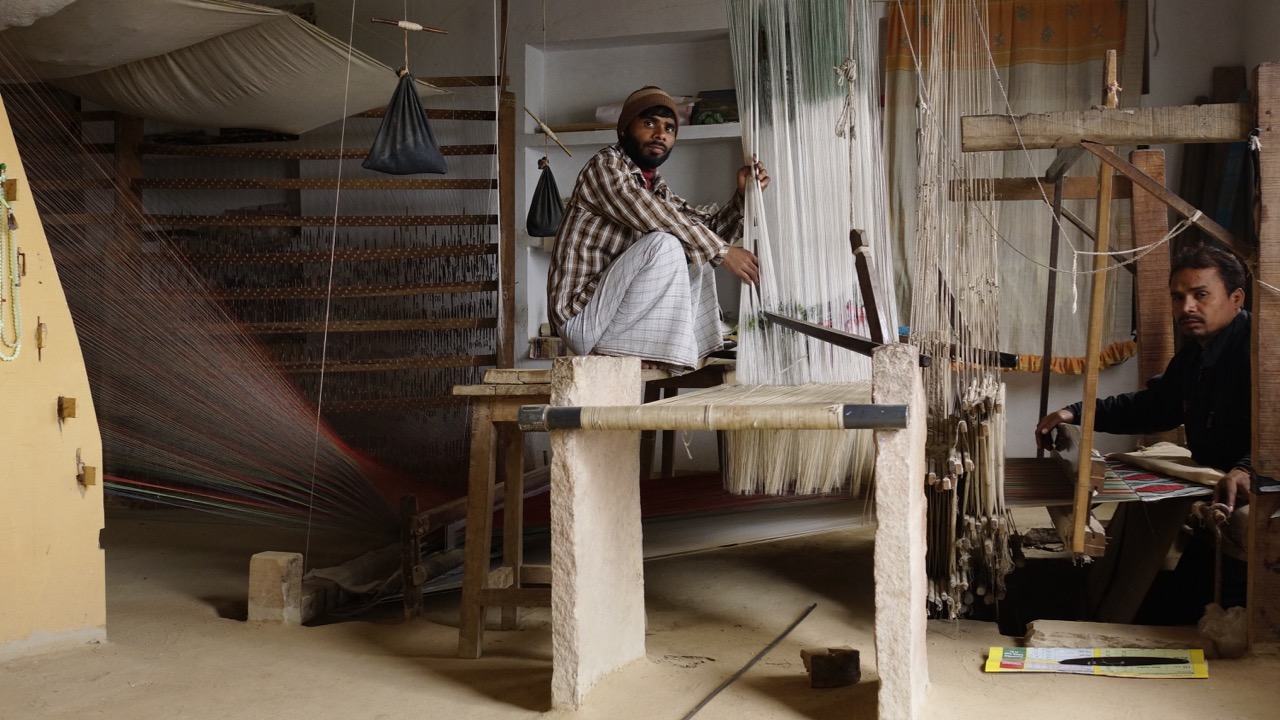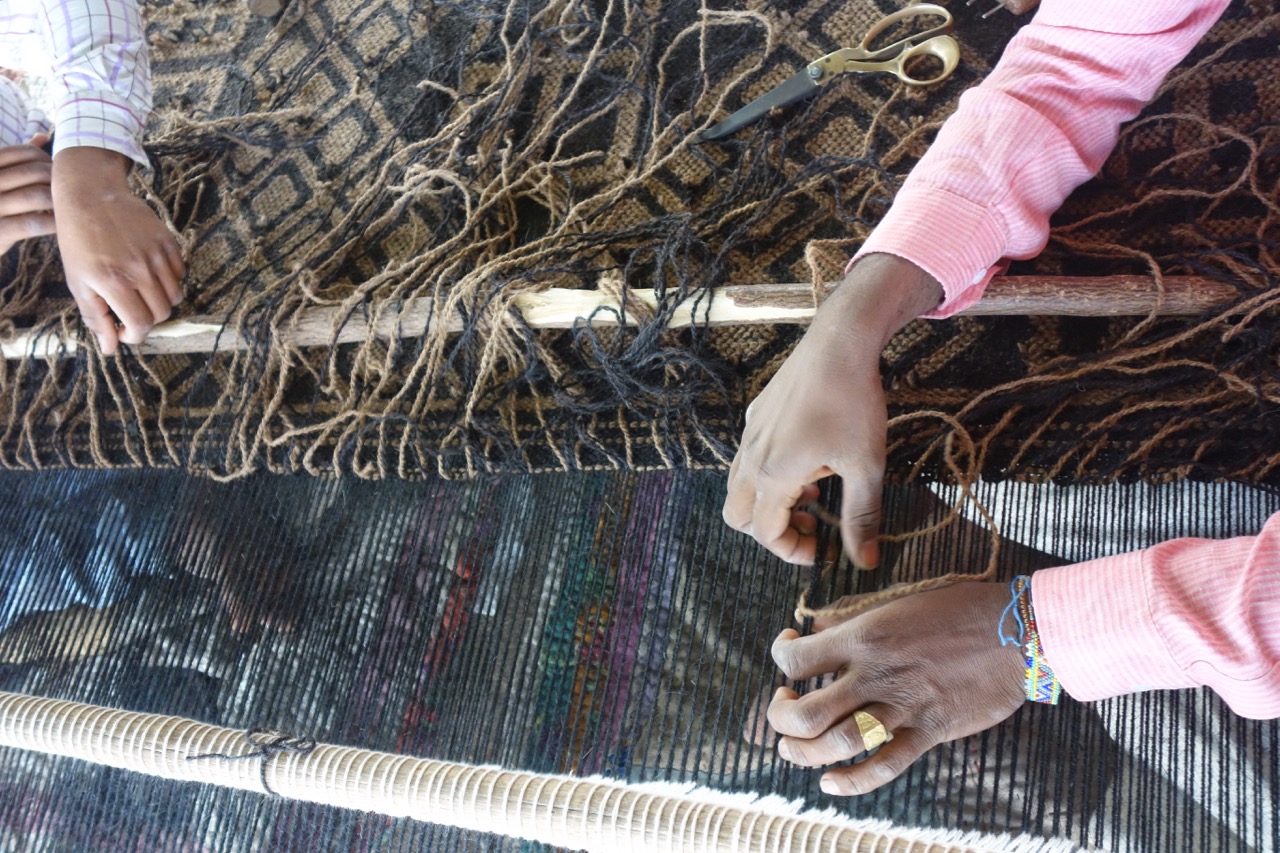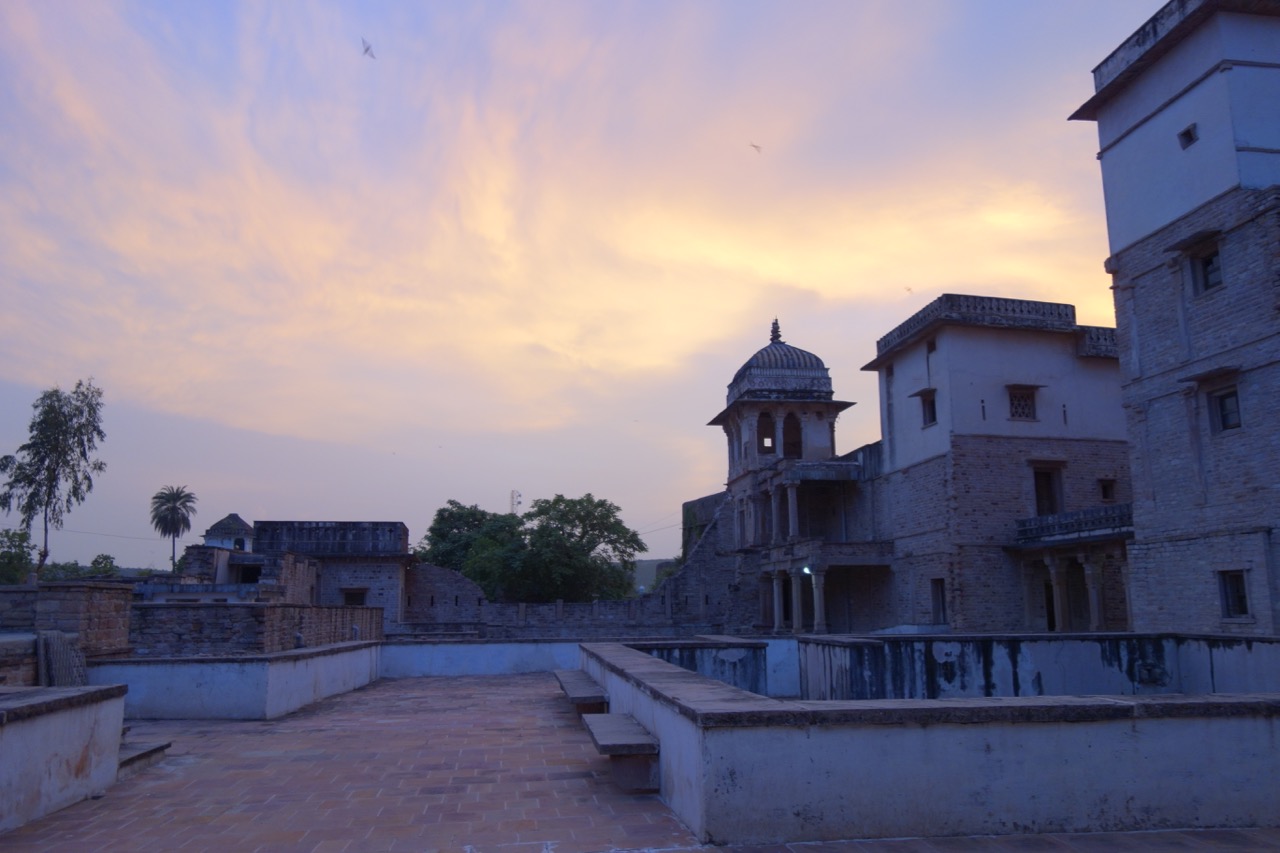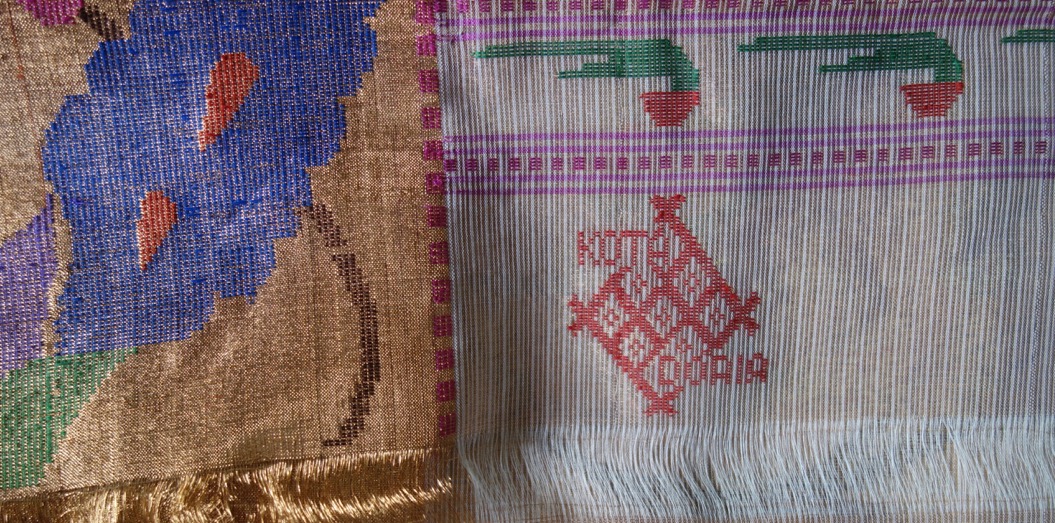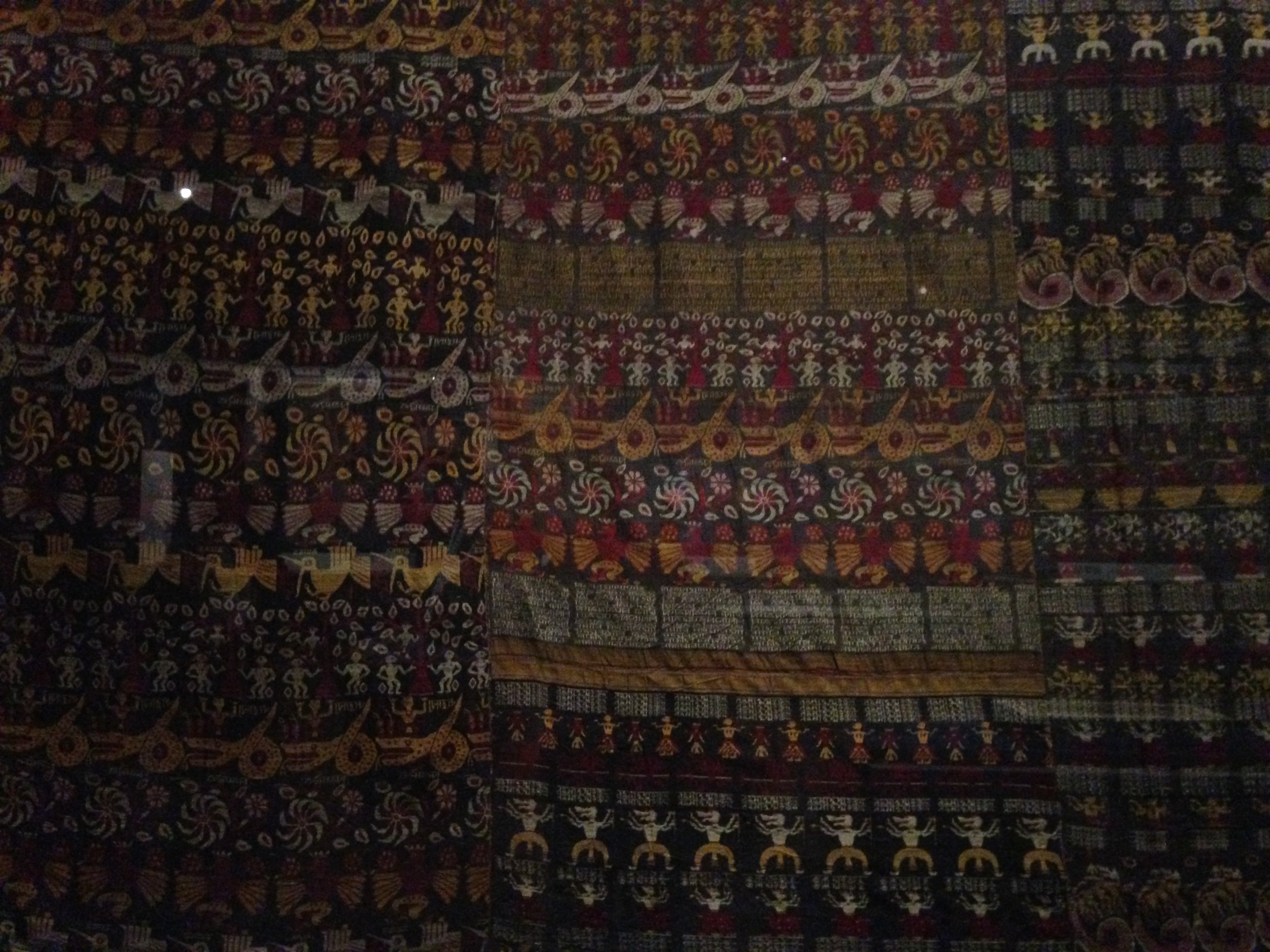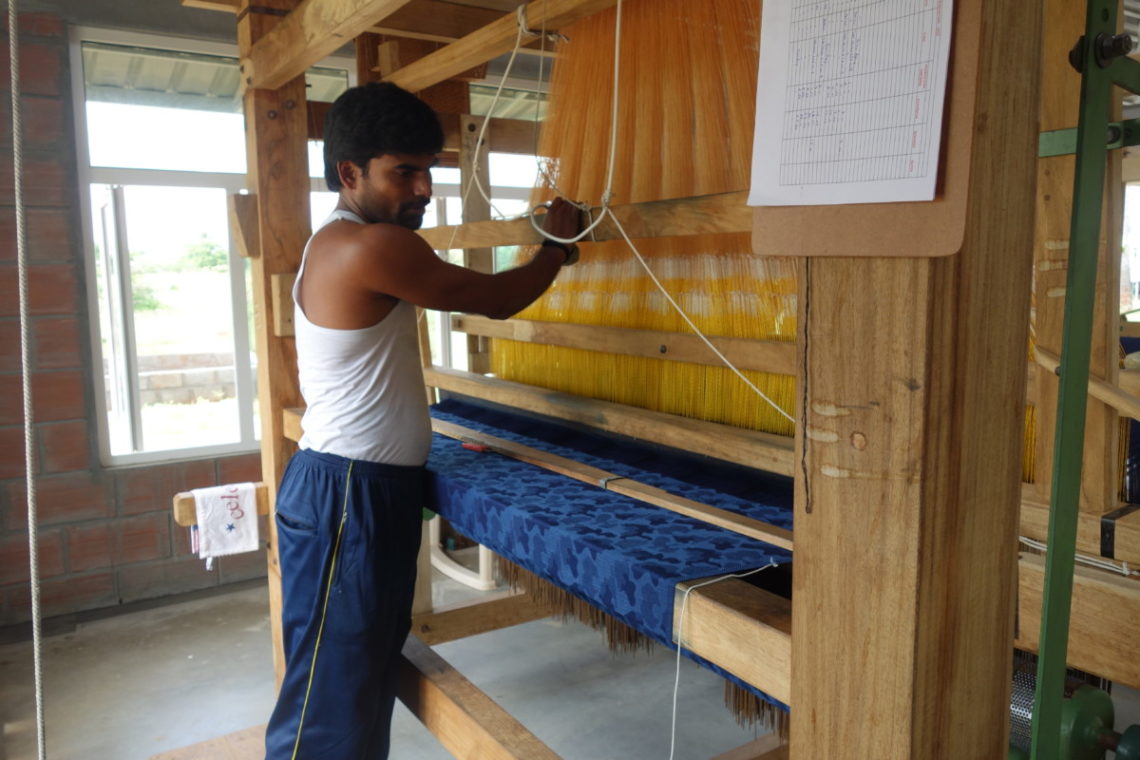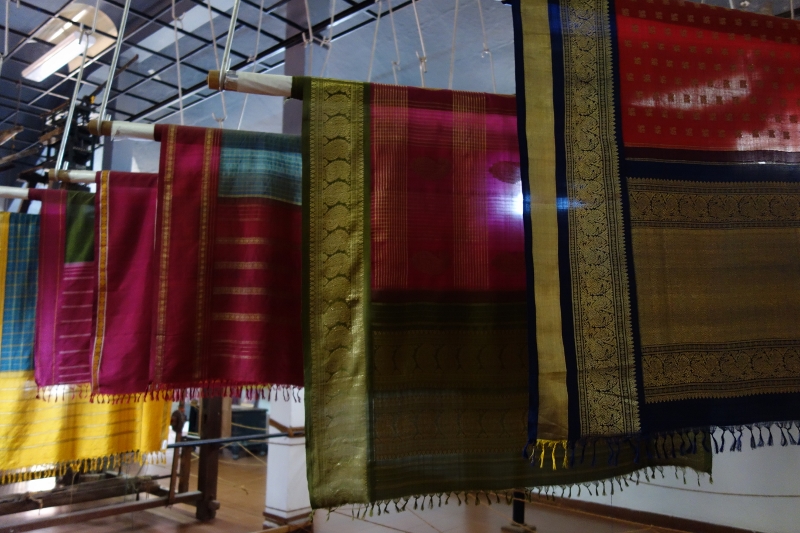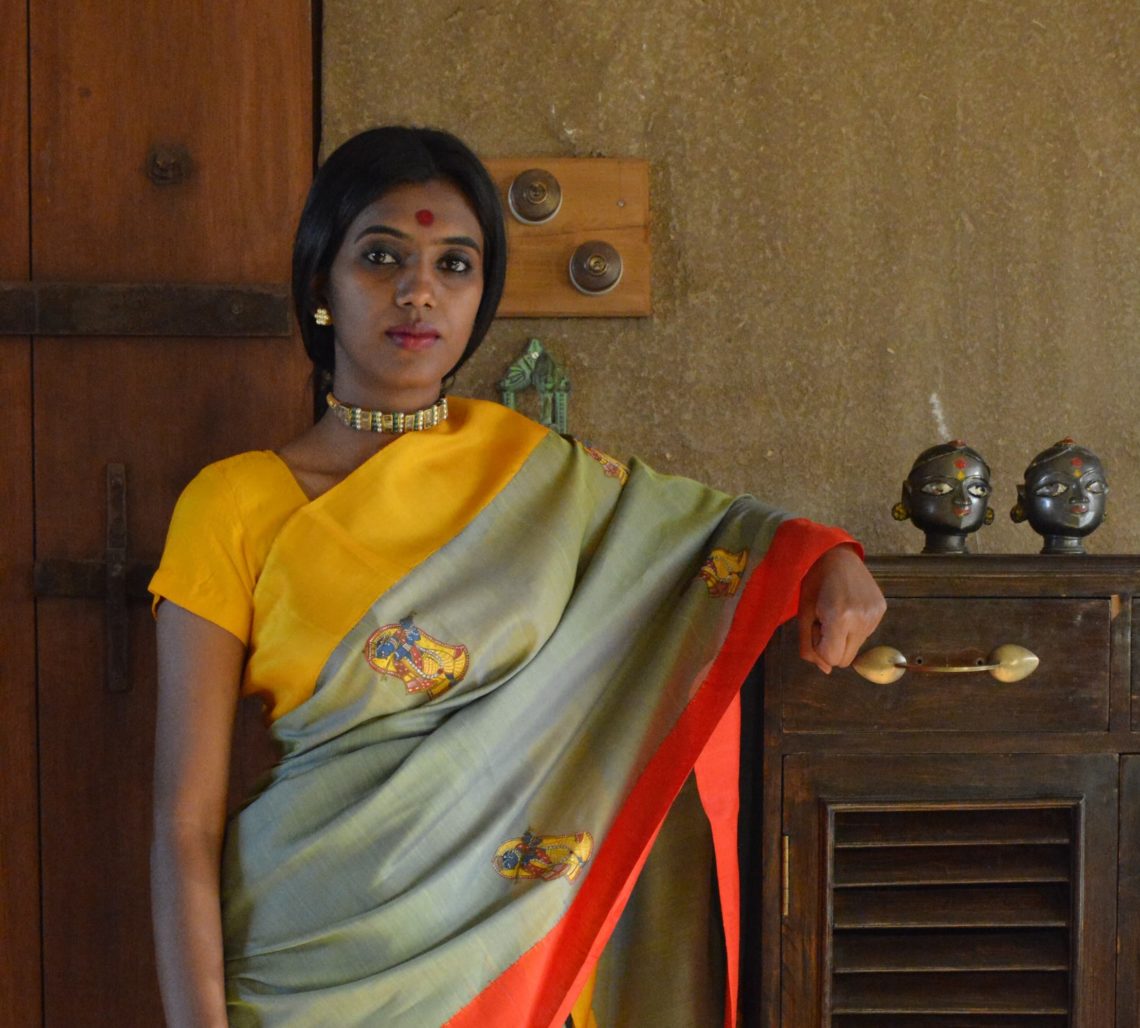Words and Photos by Supei Ho, originally published at The Textile Atlas The Blue Hmong are one of 54 ethnic minority groups in Vietnam. A subgroup of the Miao people, the majority of whom live in China, the Blue Hmong are renowned for their decorative indigo Batik textiles that are often adorned with patchwork, cross-stitch and applique. Traditional textile making is a domestic affair and a source of supplementary income for these families, besides agriculture and farming. Hmong men perform most of the physically demanding work such as felling trees, constructing houses and transporting the harvest; whereas Hmong women and older girls hold the responsibility for food preparation, household chores,…
-
-
Review: Textile Society of America Symposium 2018: The Social Fabric: Deep Local to Pan Global
I was delighted to receive the TSA Student award to attend and present my research at the biennial symposium which this year was held in Vancouver, Canada. It was my first TSA symposium and first visit to the city and I was impressed with the attention to detail in the organisation and schedule, and the variety of inspiring, thought provoking and quality papers by scholars and practitioners responding to the symposium theme ‘The Social Fabric Deep Local to Pan Global’. Many of the papers and keynotes did well to respond to issues relevant to the locality of Vancouver, such as decolonisation, reconciliation of First Nation communities and the repatriation of…
-
The role of traditional crafts in contemporary India: an interview with Rahul Jain
Feature Image: Drawloom for patterned silk velvet, Rahul Jain’s workshop, Varanasi, 2015. Photo courtesy Textile Art of India, New Delhi ‘I describe my work as a continuation of a heritage, a legacy, that is 2,000 years old’ (Rahul Jain, personal communication, June 2016) I had known about Rahul Jain’s work for a while, read some of his huge range of extensively researched books on Indian, Iranian and Turkish textiles, desperately trying to understand the complex weaves they document, and had heard about his inspiring work reviving ancient weaving techniques in Varanasi. An interview with the weaving connoisseur published by Live Mint revealed some of his views on craftsmanship and crafts in India,…
-
Kharad Weaving of Kachchh
A display of geometic and pictorial patterned dhurries adorns the walls of weaver Tejsibhai Dhana Marwada in the village of Sanjotnagar, near Bhuj in Kutch,. Woven into the kharad (Sindhi word for carpet) on the most basic and ancient of looms, are the stories of these weavers’ lives and experiences. Some of these narrative pieces were initiated by Carole Douglas for her exhibition Zindagi jo Vanat – The Weave of Life. Tejsi explained to us the stories depicted in the pieces. One tells of the Marwada Meghwal community migration. They came to Kachchh from Marwad in Rajasthan about 600 years ago, hence their name Marwada which accords a sustained sense…
-
The Charm of Chanderi
In Ashok Nagar district in northern Madhya Pradesh state, nestled in hills, surrounded by forests and lakes and scattered with historic monuments, is the charming town of Chanderi. It is one of two towns in the state famous for its weaving heritage – the other is Maheshwar, which you can read about here. I took the awkward journey from Maheshwar where I was staying long term for my research, which involved a bus to Indore, a delayed train from Indore to Ashoknagar and from there a local bus along badly maintained roads (or damaged by recent rains), to Chanderi. At one point we passed a bus that had tipped off…
-
Kota Doria
I recently visited Kota on my way from Jaipur to Maheshwar keen to learn about the Kota Doria sari weaving tradition. I was kindly helped by Victoria Singh, a local resident and founder of the Kota Heritage Society. After accompanying her on a few errands around town – she is involved in a lot of local charity and heritage work, she took me to the village of Kaithoon which is about fifteen kilometres from Kota, and the main centre for weaving in the region. Victoria Singh and Ritu Jain write more on the kora doria in an article for Hand-Eye magazine. We first went to meet Badrun Nisha, the secretary of the Women’s…
-
Exhibition: Krishna in the Garden of Assam
Assam is one of the seven (or arguably eight) states in North East India, set in the Brahmaputra basin, tucked away just south of the Himalayas, attached to mainland India only by a thin strip of land. Textiles here hold more similarities with neighbouring North Eastern states and with other countries further east and in South East Asia, which they are geographically and culturally close to, than woven textiles in mainland India which have distinctly different traditions and cultural approaches. The tribal textiles of Assam are woven predominantly by women for whom learning to weave and becoming a proficient weaver is a rite of passage and a required attribute to be…
-
Five P: Handloom Revival and Innovation in Tamil Nadu
This article is written by Uthra Rajgopal, who worked with Five P to develop their website and promotional material during a textile exploration trip around India last year. An art history post- graduate and currently a lecturer at Manchester Metropolitan University, Uthra is conducting research into Khadi and Handloom in India, and will be presenting at the forthcoming Textile Society of America conference in October. Above Photo: Mr.Kandasamy on a jacquard loom in the Five P workshop. Photo: Ruth Clifford Chenimalai is a small town about 25 km from Erode, at the centre of the ‘cotton belt’ between the textile hubs of Coimbatore and Salem in Tamil Nadu. The area has a long…
-
South India travels: Chennai and Kanchipuram
This post is part of a series on textile travels in the South of India, others include Hyderabad and Sircilla in Andhra Pradesh. Chennai has a lot to offer for the art, craft or textile lover. It is home to the Crafts Council of India that supports crafts through exhibitions, education, marketing and more. The Kalakshetra cultural foundation promotes the study of the performing and visual arts. It was founded by Rukmini Devi Arundale – ‘the Institution stands testimony to her dream of creating a space where the essence of Indian thought would find expression through artistic education,’ and standing in defiance with ‘vulgarity and commercialism’. Notably, as I later write about my visit…
-
Contemporary Gadwal Saris by Vinay Narkar
Gadwal is a small town in Telangana, Andhra Pradesh. It has long history of handlooms. The Gadwal sari has strong links to the Kornad saris of south India, which Kanchipuram is most well-known for today. Both share similar techniques and designs including the interlocked weft technique used for the borders. The kundi technique used in the Ilkal sari that I have discussed in a previous post, also shares close similarities, and as Vinay mentions below, belongs to the same group of saris as those from Solapur, Vinay’s home town. Gadwal saris, like many across India usually carry a temple design locally known as a reku. Local women often wear the…
